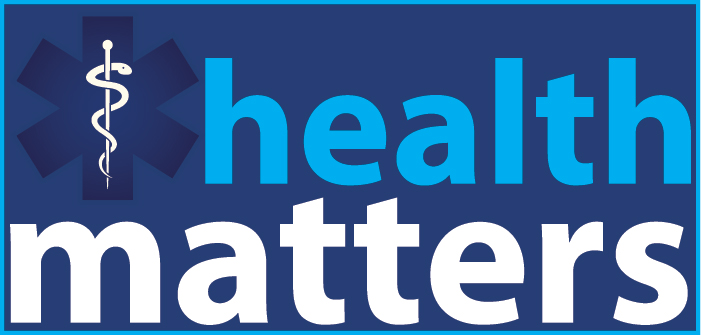While oral health has improved over the years for most Americans, tooth decay has been on the rise in children, with a particular increase in preschool-aged kids. In fact, tooth decay is the number one most common chronic childhood disease: five times more common than asthma, four times more common than childhood obesity and 20 times more common than diabetes.
According to the Center for Disease Control (CDC), the percentage of children aged two-five with tooth decay in primary (baby) teeth increased from 24 to 28 percent between 1988 and 2004. During the same period, however, the US saw a decline in decay rates in other age groups.
While the CDC did not study the cause of this change, much of the increase in decay rate is thought to be attributed to a shift in diet and habits of parents and children. Tooth decay is an infectious disease, just like a cold or flu, that can be passed from caregiver (usually the mother) to child. Couple this with an increase in sugary food and drinks, and the new, cavity-causing bacteria have all the food they need to cause problems.
So how can parents help to reduce the risk of tooth decay in their young child?
“Put down the juice box” – Juice often has more sugar than soda pop, which we all know can cause cavities. Don’t give your child juice until they are at least six months old, and they should only be allowed four-six ounces per day. Only drink juice at mealtimes – never as a snack.
Avoid cavity-causing foods and drinks between meals. Good options for snacks include fruits, yogurt and cheese. If you use a sippy cup between meals, use only water.
Establish bedtime routines that to not rely on using milk or juice in a baby bottle to soothe the baby to sleep. Never allow a child to fall asleep with a bottle in their mouth that contains milk or juice. Milk contains lactose, which is a natural sugar that can also cause cavities if left on the teeth for long periods of time. If the child requires a bottle to go to sleep, then use only water.
Brush your child’s teeth twice per day with a small amount of fluoride-containing toothpaste and floss once per day. A child does not have the coordination to brush their own teeth properly without assistance. A good rule of thumb is that a child has the coordination to brush their own teeth when they can write in cursive.
Take your child to see the dentist after they start getting their first baby teeth or by their first birthday. This allows the dentist to counsel parents and look for any problems. However, it also helps prepare the child for positive visits to the dental office as they grow.
Make sure your child is getting the proper amount of fluoride. The CDC has recognized community water fluoridation as one of the top 10 great achievements in public health in the 20th century. Yet many communities, including those in Central Oregon, continue to lack fluoride in the water supply. This makes it more imperative to see a dentist by their first birthday. Your dentist or pediatrician can prescribe the correct amount of fluoride for your child.
Oral health is more important for your child than ever, but the good news is that help is available. Talk to your dentist or go online to www.2min2x.org to learn more.
Eric Cadwell DDS MBA is owner of PureCare Dental of Bend. 541-647-5555, www.purecaredentalofbend.com





